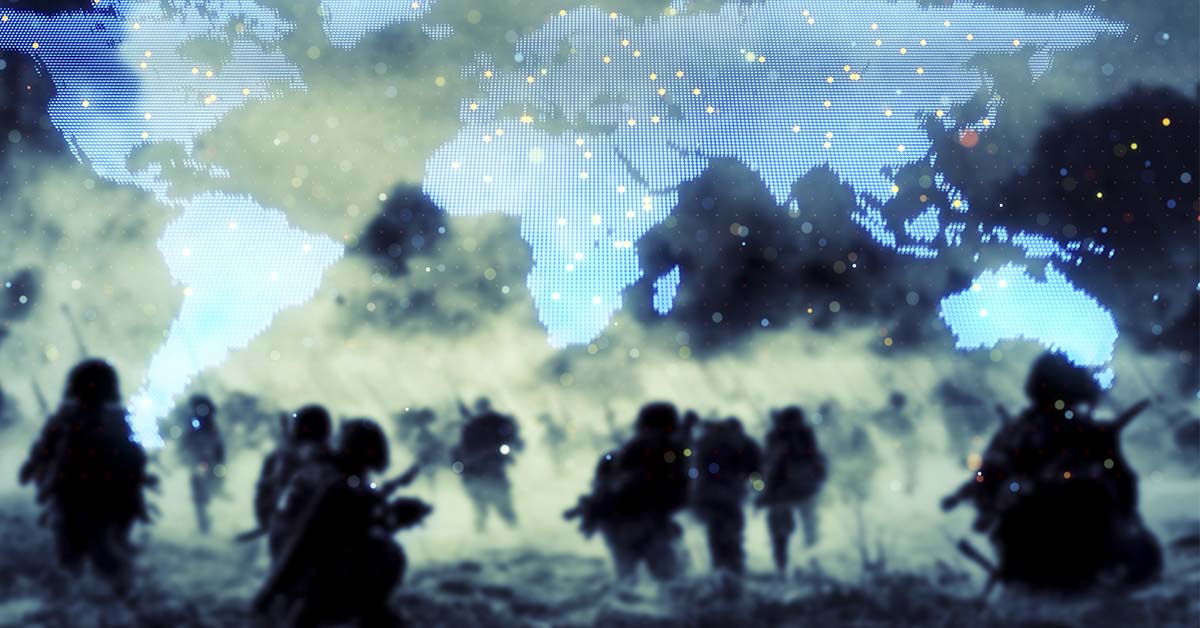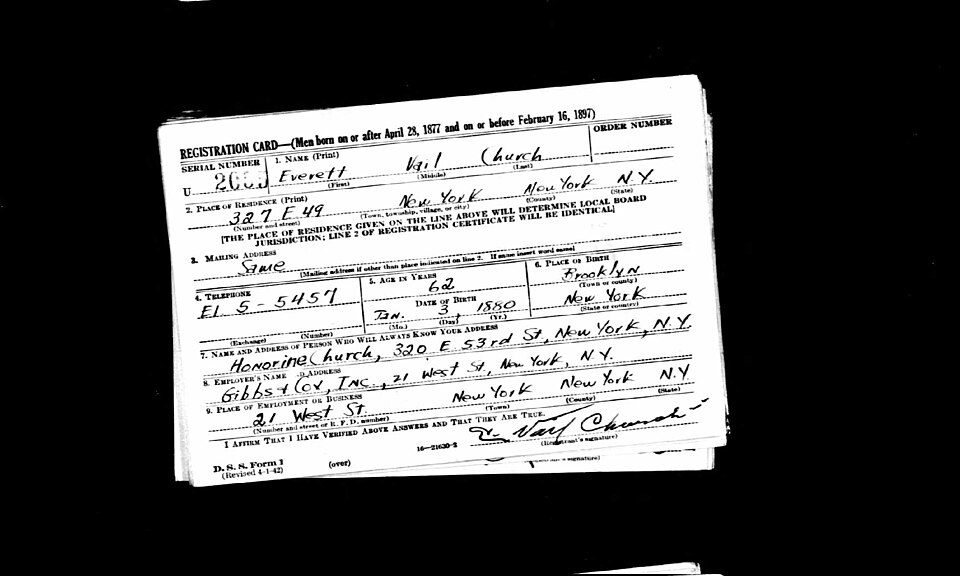
Would America Support Conscription for WW3?
This aligns with recent Atlantic Council survey data. Their study found that 65% and 69% of people said major conflicts between big countries could happen within ten years. The United States ended military conscription in January 1973 following the Vietnam War.

Three generations of Americans have grown up without experiencing mandatory military service, making the draft process largely foreign to most citizens. Even so, the government keeps detailed procedures ready for reactivating conscription during national emergencies.
America’s Draft Pool Contains 16.4 Million Men
Understanding how this works begins with knowing who gets called first. A draft would start with men age 20. It would then expand to other age groups based on military needs. The Selective Service System maintains records for about 16.4 million men ages 18-25 nationwide. This compares to approximately 1.3 million active-duty personnel currently serving across all branches.
Who Would Be Drafted if America Faces WW3?
Requirements apply equally to citizens and non-citizens. The system covers permanent residents, undocumented immigrants, refugees, and asylum seekers. The database includes people with disabilities and transgender persons assigned male at birth. Eligibility stays the same regardless of personal beliefs about military service, political views, or conscientious objector status. While current law requires only men to register, military officials have indicated the Selective Service stands prepared to expand registration should legislation ever change to include women. This data serves as the first step of the multi-stage selection and evaluation process.
Registration Requirements and Penalties
Registration is straightforward. The Selective Service operates an online website that would serve as the primary portal for WW3 conscription. It also maintains forms at about 35,000 U.S. Post Offices nationwide. The law requires sign-up within 30 days of a person’s 18th birthday. Nearly all eligible people comply with this requirement. However, failure to register breaks federal statute and carries serious penalties. Not registering can result in felony charges with maximum penalties totaling $250,000 in fines and five years in prison. As legal experts note, such a felony conviction carries additional consequences. These include the loss of voting rights and firearm ownership privileges. Beyond criminal consequences, other sanctions involve losing eligibility for federal student financial aid and government jobs. Additionally, in 31 states, non-registrants also lose eligibility for state student assistance programs. These requirements create the administrative foundation for potential draft activation during national emergencies that Congress declares.
The Path to Draft Activation
If a national emergency such as WW3 required activating this system for conscription, the process would follow specific steps. Starting a draft requires approval from both Congress and the President. They must amend the Military Selective Service Act to allow it. Once they provide this authorization, the Selective Service System has 193 days to switch from keeping records to conducting active conscription.
How Would the Draft Lottery System Work?
Officials use a lottery system where they randomly draw birth dates at public events. These events are broadcast on national television and the internet.

Similar to the 1969 Vietnam-era lottery, each date corresponds to a number from 1 to 365. Officials call lower numbers first, military analysts confirm. Twenty-year-olds during the lottery year get called first. Those turning 21 follow, continuing through age 25. If more people are needed, later lottery phases would cover men turning 19, then 18.5 years old. Throughout this process, officials choose people equally from all states and U.S. territories. This maintains fair representation across urban and rural areas. Current enrollment levels provide a pool of several million potential draftees under full activation. However, receiving induction orders starts rather than ends the military evaluation process.
How Conscription Works From Draft Call to Active Duty
Once someone receives induction orders, they enter a detailed assessment phase. Military induction follows comprehensive screening procedures at Military Entrance Processing Stations (MEPS). During this stage, college students can request delays that last through degree completion. Similarly, family status matters. Exemptions or different service assignments are available for married people with dependents.
What Medical and Legal Exemptions Exist?
Those called may not automatically join the military. Various deferment categories and exemptions apply, as defense officials have explained. Medical and psychological testing plays a major role. These evaluations for WW3 conscription historically eliminate about 40% of initially selected people from military service. The evaluations include vision and hearing tests, blood work, physical fitness assessments, and mental health screenings. These can take several days to complete. For those with moral objections, conscientious objectors may receive alternative service assignments. These assignments include medical, administrative, or civilian service jobs under established protocols.
Military Roles for Draftees
Additionally, research indicates that individuals may enlist in specific branches or career fields to avoid combat duty assignments. Historical data from previous drafts shows support functions typically need more personnel than direct combat roles. These cover logistics, communications, and administrative positions.
What Are the Chances of an Actual Draft?
Despite all these detailed procedures, it’s important to remember the current reality. The United States currently maintains an all-volunteer military structure. This structure has operated continuously since 1973. During the Vietnam War, approximately 2.2 million men received draft orders. However, many received deferments or alternative assignments. Meanwhile, Selective Service registration requirements continue under existing federal law. These operate independently of active draft operations. History shows that exemption categories and deferment policies greatly influence final induction numbers, affecting who would be drafted into service. This means actual military service numbers would likely be much lower than initial registration figures suggest.



